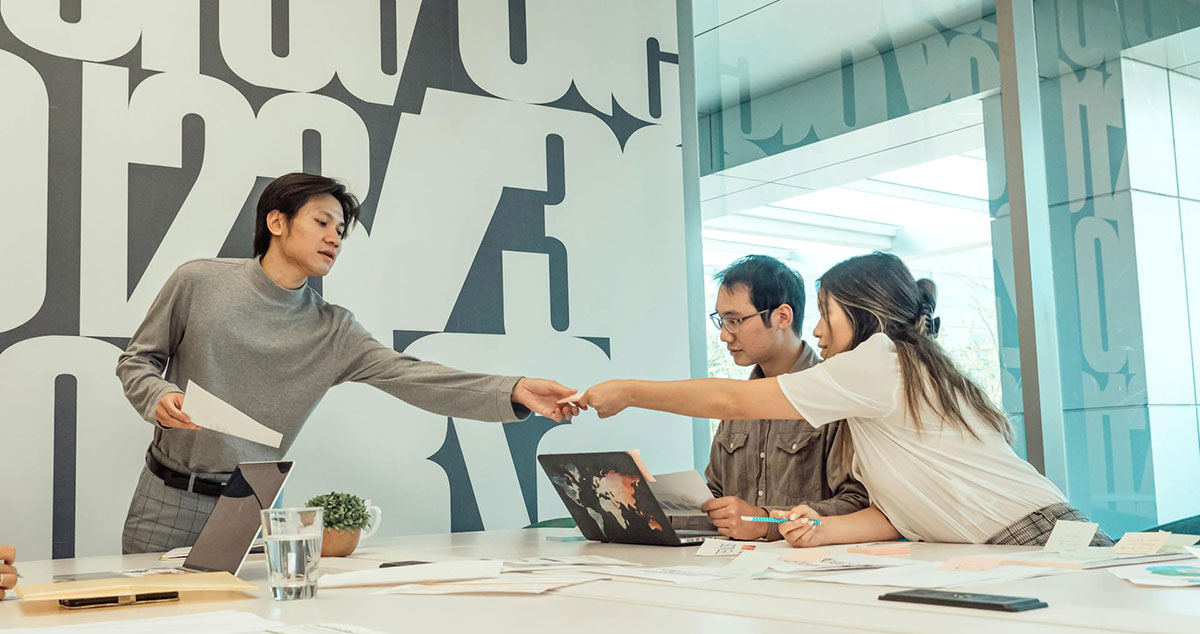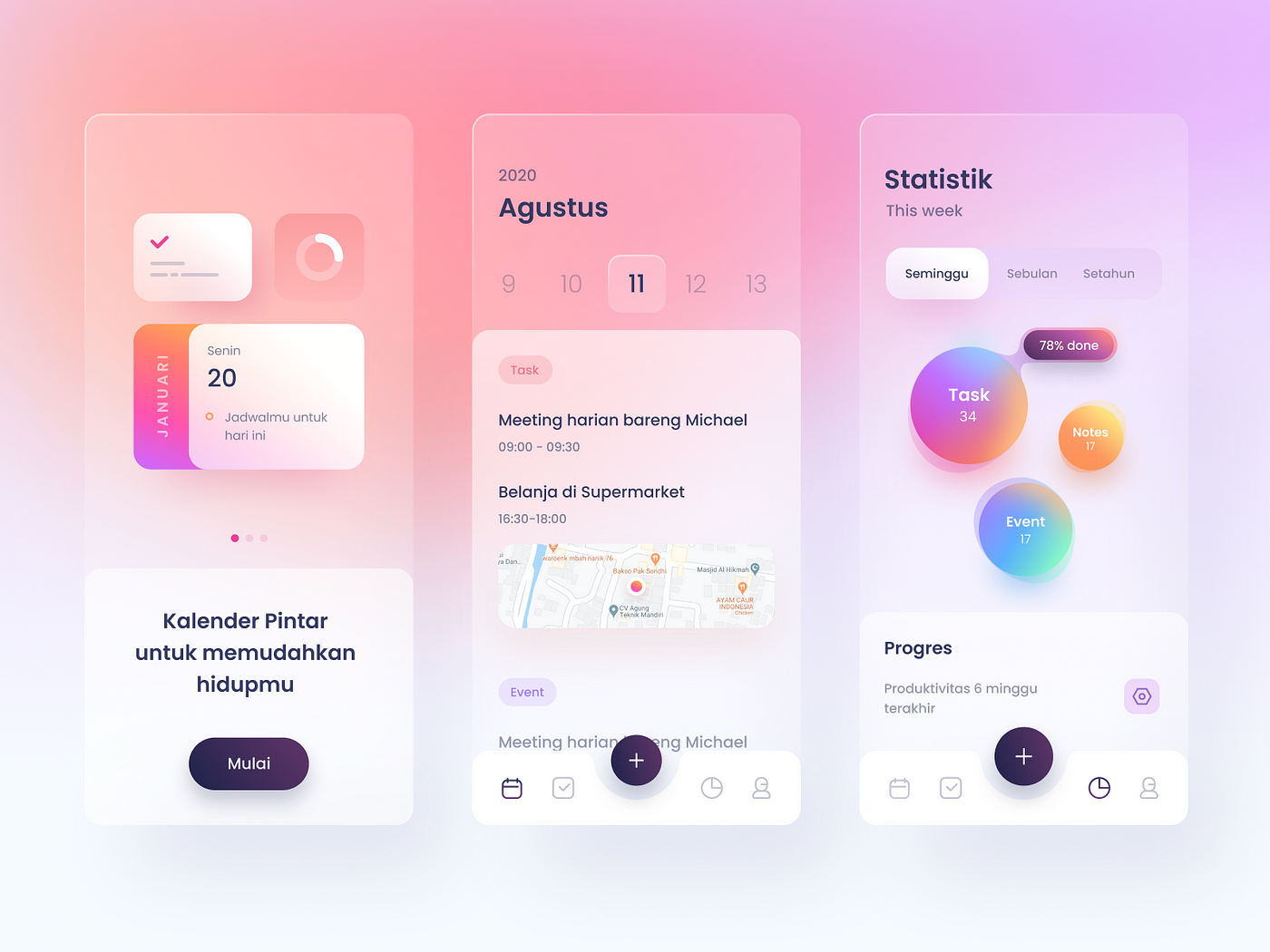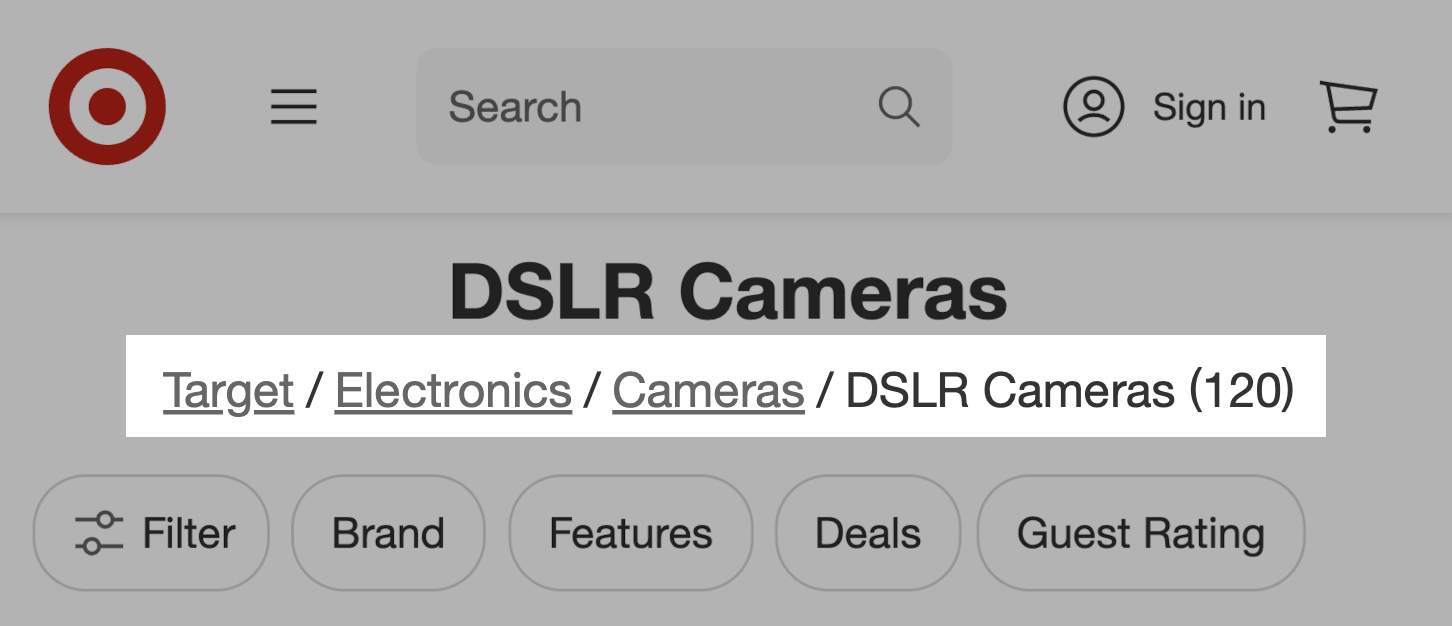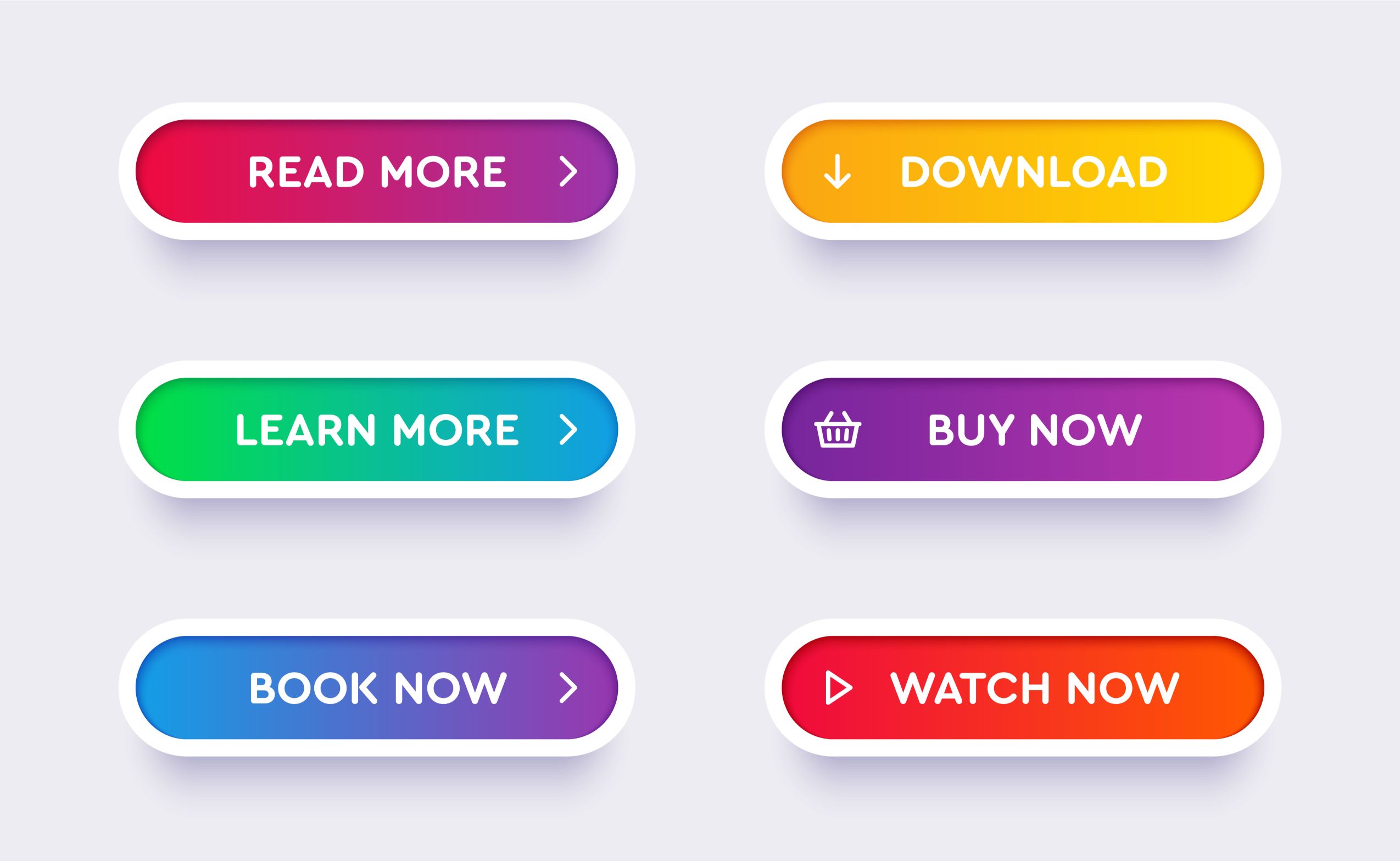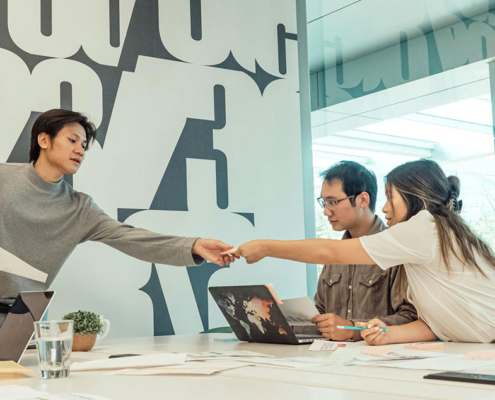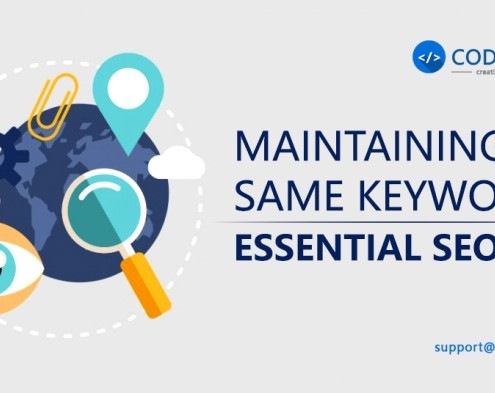Top 10 UX Design Trends for Maximum Conversion in 2024
UX designs have all the ability to make impact on conversions due to changing digital landscapes in the scenario of web design services. As we step into 2024, the world of User Experience (UX) design continues to shape the way users interact with websites and applications. Let us dive into the top 10 UX design trends that promise not just engagement but maximum conversion with its unique design elements.
Contextual Personalization:
In the age of personalization, tailoring user experiences based on individual preferences is not just a trend but a necessity. Contextual personalization goes beyond generic recommendations, providing users with content and features that resonate with their specific needs and behaviors. Imagine a website that understands your journey, making each interaction feel uniquely tailored.
3D Designs:
You can elevate the visual experience with 3D designs bringing lot of meanings to digital interfaces. Whether it’s product showcases, describing features of services or immersive storytelling, 3D elements engage users and create memorable experiences. However, the challenge lies in finding the perfect balance between aesthetics and functionality. 3D designs enhance the experience and reach for more conversions rather than overwhelm the user journey.
Micro-Interactions:
Often, it is the little thing that matter the most. Micro-interactions, subtle animations or feedback loops grab user attention and add a human touch to digital interfaces. From a button changing color on hover to a notification animation, these micro-interactions provide instant gratification, making the users experience uniqueness and prompt them to take actions on it.
Dark Mode:
Dark mode isn’t just a trend; it’s a preference for many users. Beyond its aesthetic appeal, dark mode reduces eye strain, especially in low-light environments. Implementing this design trend not only caters to user preferences but also enhances accessibility and usability. It gives a sense of relaxation to the user. The percentage of user group preferring dark mode can depend on demographics and specific platforms. However, a study reveals that 60-80% users prefer dark mode on their devices.
Clean User Interfaces:
Simplicity is timeless, and clean user interfaces (UI) continue to be a UX design trend for maximum conversion. Minimalistic designs reduce the attention load of a user, guiding them seamlessly through the interface. It gives the users lot of space to think and take actions on the content provided. Clutter-free layouts prioritize essential information, ensuring users can navigate easily and focus on what truly matters.
Glassmorphism:
It is a beautiful blend of frosted glass-like elements with a backdrop offering a view of depth and transparency. This makes the designs look elegant and sophisticated, making users feel like they’re interacting with tangible elements behind the screen. The glassmorphic elements work better on vibrant and colourful backgrounds that reflect the true glass effect.
Source: UX collective
Behavioral Design:
Understanding user behavior is at the core of effective UX design. Behavioral design involves anticipating user actions and preferences, allowing for a more intuitive and seamless experience. By aligning the interface with expected user behavior, designers can create experiences that feel natural and effortless. This process can be tested before actually implementing the design. With A/B testing you can pinpoint the same on a particular page and understand the behaviour pattern of the user.
Hamburger Menu:
While not a newcomer, the hamburger menu remains relevant for mobile UX. This special design hides the navigation bar from the interface making the visible space look clean. It offers easy navigation options to the user who wishes to continue further or look into other pages. However, it is essential to strike a balance – hiding essential features behind the hamburger icon can often lead to user frustration if they cannot find the menu icon. Hence it has to be prominent and easily identifiable right on the screen.
Breadcrumb Navigation:
Breadcrumb navigation aids users in understanding their location within a website or application. Breadcrumbs provide a trail back to the starting point, ensuring that users can navigate effortlessly and backtrack when needed especially when it comes to for complex platforms. It simplifies navigation and reduces the effort of the users navigating though the pages.
Source: Semrush
CTA Button Design:
The Call-to-Action (CTA) button is a very significant element for conversion. In 2024, you can expect prominent innovation in CTA button designs that go beyond the traditional ones. From bold colors and creative shapes to strategic placement, designers are experimenting to make CTA buttons stand out and encourage users to take the desired action. This CTA button acts as cornerstone to generate meaningful leads.
Wrapping it up:
As we embrace the future of UX design, these trends promise not only visually appealing interfaces but also enhanced user engagement and conversion rates. Incorporating the above discussed elements like 3D designs, dark mode, glassmorphism, CTA buttons and much more will definitely have an impact on user behaviour leading to conversions. All we need is to stay ahead, stay user-focused and let the journey of unique digital experiences unfold!
For better UX designs and more information on its usage connect with UX design experts at Codecreate. Our experts will guide you through end-to-end web development and web design activities while creating a strong website that will rightly speak about your products and services.


